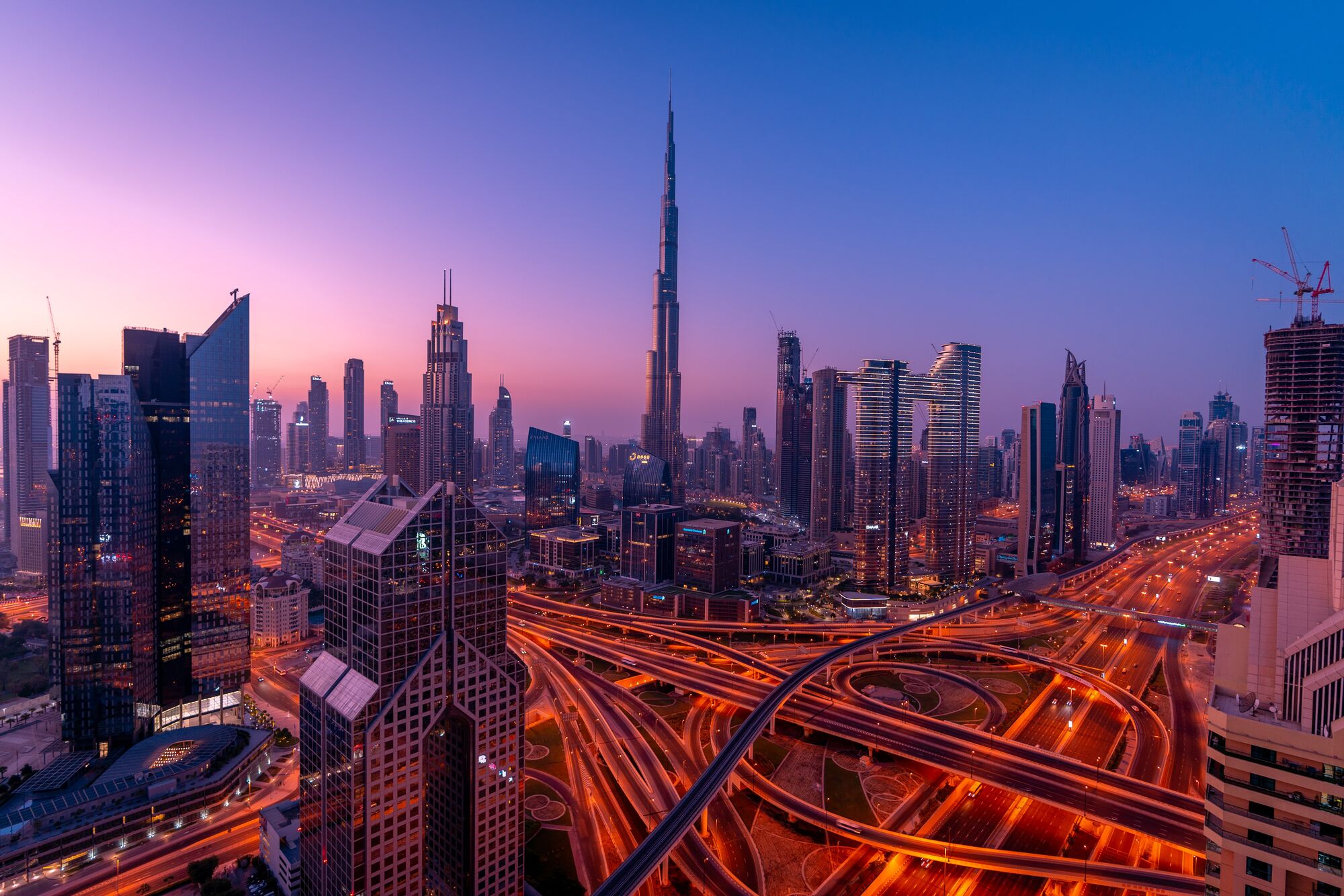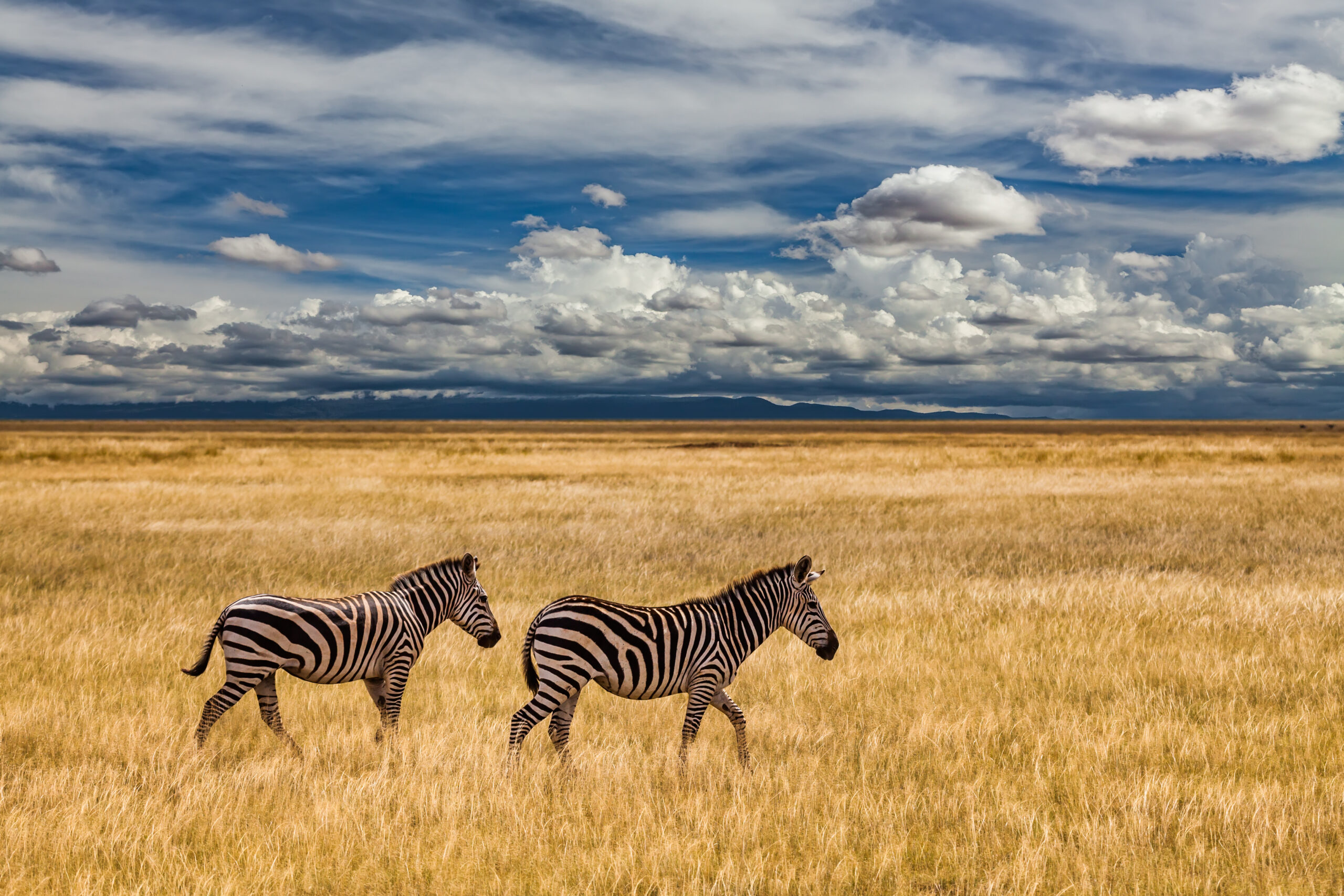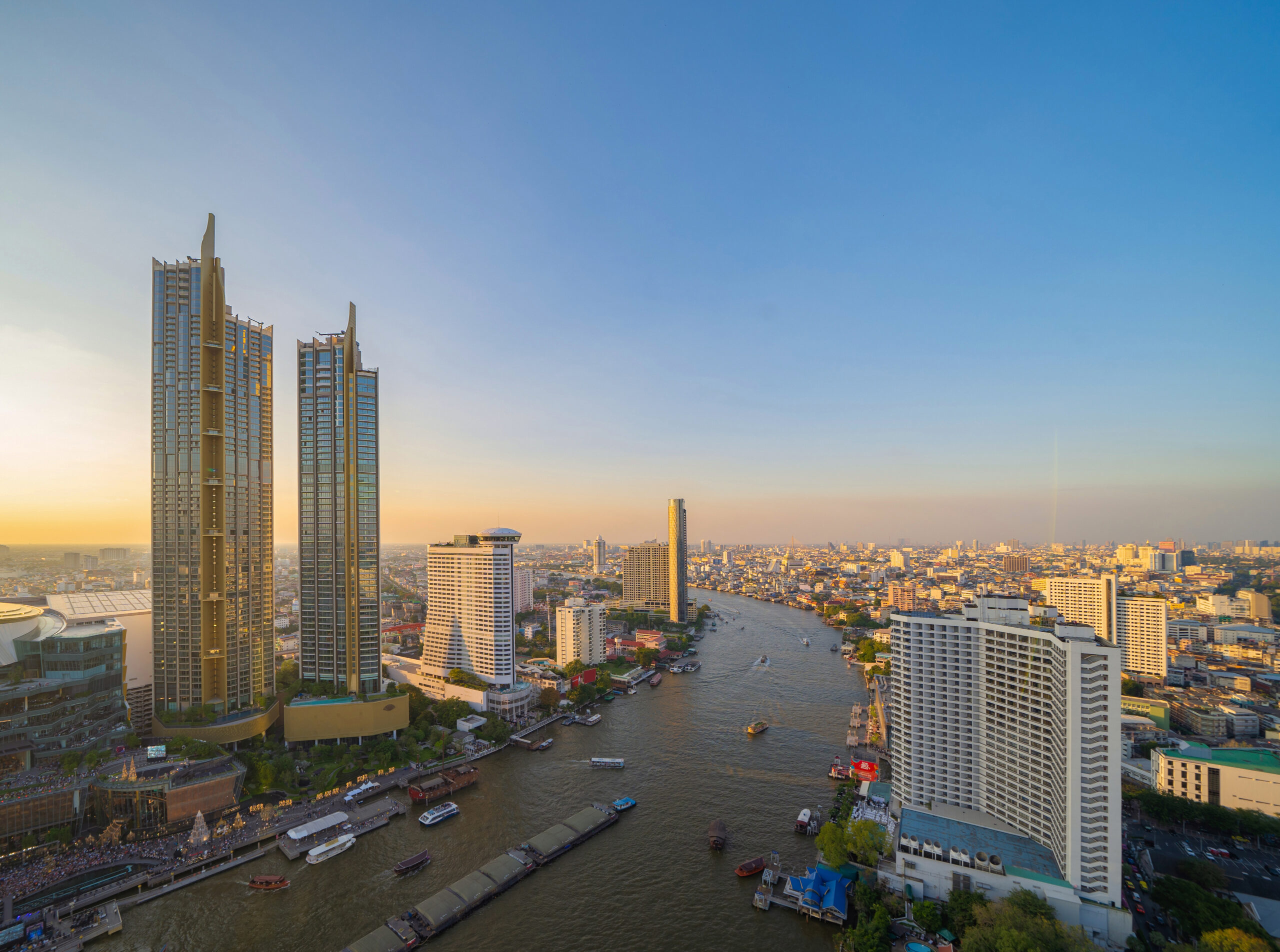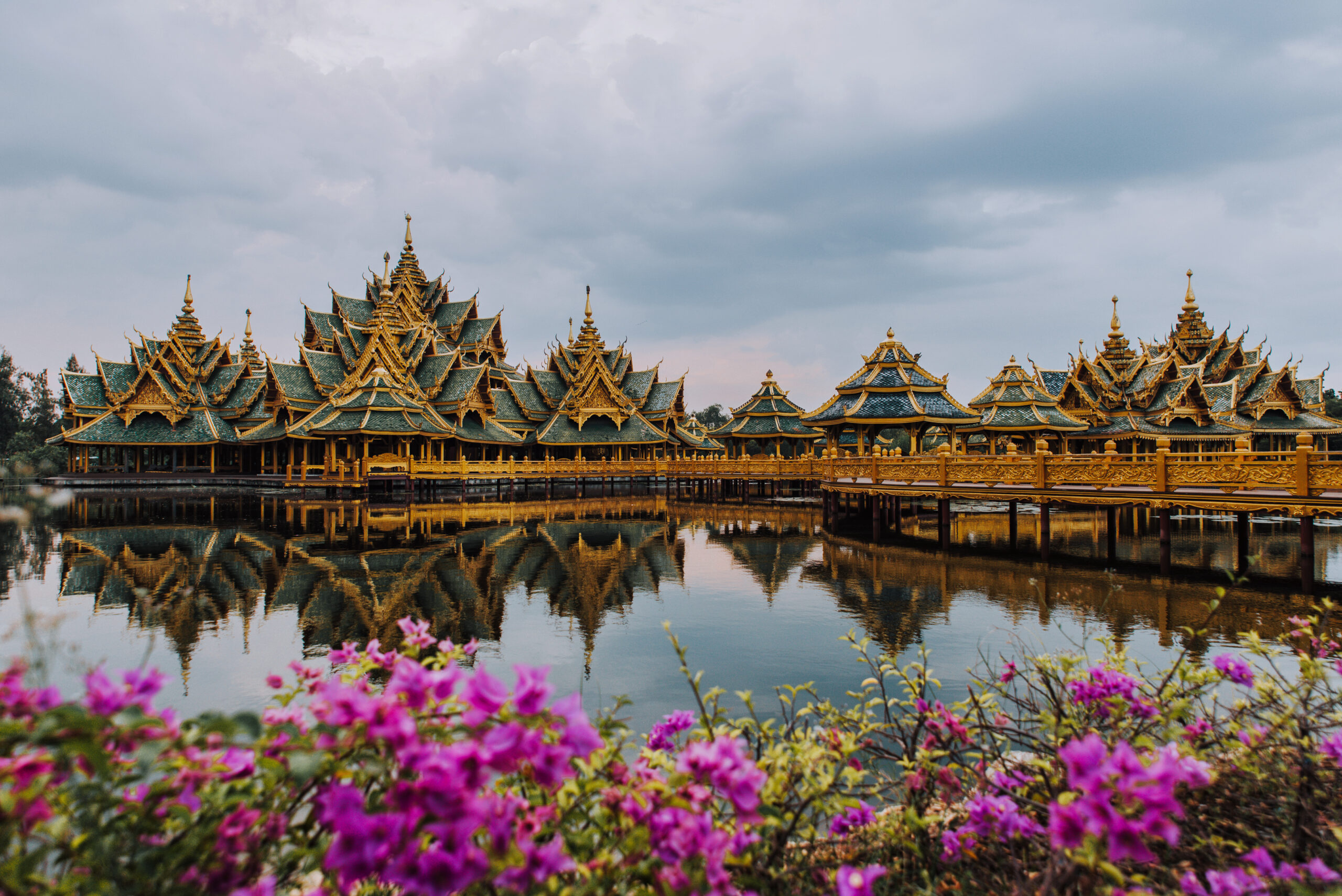Dubai, the bright jewel of the United Arab Emirates, has long drawn travelers from all over the world. Dubai, which is well-known for its tall buildings, opulent retail establishments, exciting nightlife, and rich cultural legacy, has something to offer everyone.
However, your experience may vary significantly depending on the season you come. We’ll explore the best time to visit Dubai in this guide, taking into account the local climate, important events, outdoor activities, and cultural experiences.
Best Seasons to Visit Dubai
January, February, March, November, and December are the best time to visit Dubai. As this is the busiest time of year, there may be some crowds.
The months of April, May, September, and October have mild weather. Thus, it’s easy to avoid having to deal with a big crowd.
Clear blue skies and pleasantly cool nights characterize the weather during peak season; in contrast, the off-season brings intense heat and humidity.
Temperatures in the mild season are tolerably high. Many visitors congregate during the Dubai Shopping Festival and Dubai Marathon.
The festivals are observed in the following months: December through January, January through February, etc. Therefore, if you enjoy visiting busy towns and streets, pick this time of year to go.
Dubai in the Winter Season (November to February)
With daytime temperatures ranging from 20°C to 30°C (68°F to 86°F), Dubai provides a perfect climate for travelers throughout the winter months of November through February, making the winter season one of the best time to visit Dubai.
These months are ideal for seeing the city’s outdoor attractions, such as the Burj Khalifa, Dubai Marina, and Jumeirah Beach, because of the cool, pleasant weather.
Without the intense heat, enjoyable activities such as desert safaris, beach vacations, and even leisurely walks through busy souks or outdoor festivals become possible.
This is also the time of year for cultural and entertainment events, such as the Dubai Shopping Festival, which attracts tourists from all over the world with its amazing deals, fireworks, and musical performances.
Dubai’s winter months are also a bright time to enjoy rooftop bars, alfresco eating, and park exploration. One such park is the Dubai Miracle Garden, which features millions of flowers arranged in breathtaking displays.
Luxurious shopping, cultural outings, and adventure sports like dune buggying and kitesurfing are all available to visitors. The winter months provide visitors to Dubai with the finest overall experience because of the pleasant weather and a wide range of seasonal events and festivals.
Dubai in Wet Season (July to October)
Unlike many other places, Dubai lacks a conventional wet season due to its arid environment. But from July through October, the city suffers extremely high temperatures and heavy humidity, occasionally paired with infrequent, light rains.
These months are regarded as part of Dubai’s summer when highs above 40°C (104°F) are common and humidity can exacerbate the heat.
Even with its modest amount, rainfall usually comes in brief spurts and is frequently followed by dust storms. As a result, there are fewer opportunities for outdoor recreation, and a lot of visitors would rather spend their time indoors in the cool comfort of hotels, shops, and entertainment centers.
Although it’s not the best time to go on an outdoor adventure, tourists on a tight budget might profit greatly by visiting between July and October. Due to steep discounts on hotel rates, airfare, and tour packages, travelers may enjoy Dubai’s opulent amenities for a much lower price.
Numerous indoor attractions in the city, such as Ski Dubai, Dubai Aquarium, and The Dubai Mall, are still open and provide a ton of amusement.
During this time, Dubai also organizes the Dubai Summer Surprises, a significant retail event that offers fantastic discounts and family-friendly activities, making it a desirable choice for anyone wishing to take advantage of the city’s urban conveniences.
Dubai in the Summer Season (March to July)
The summer months of Dubai, which run from March to July, are marked by rising temperatures and excessive humidity, particularly in May and June.
With temperatures between 25°C and 35°C (77°F and 95°F), the weather in March and April is still tolerable and is ideal for morning and evening outdoor activities.
But as the months get closer to June and July, the daily high rises beyond 40°C (104°F), severely restricting outside exploration. Most visitors and residents of Dubai stay inside during this period to enjoy the air-conditioned shopping centers, opulent resorts, and top-notch indoor activities like Ski Dubai and the Dubai Aquarium.
There are advantages to visiting Dubai in the summer, especially for low-cost tourists, despite the intense heat.
There is a significant reduction in the cost of hotels, airlines, and even travel packages, enabling guests to enjoy the opulence of the city at a far lower expense.
From June to August, Dubai hosts the Summer Surprises Festival, which features entertainment events, cultural festivals, and fantastic retail bargains.
Even in the summer, Dubai can be a fun and affordable trip for those who can withstand the heat or schedule their activities for the cooler early mornings and nights.
Times of the Year to Avoid Dubai
The months of June to August are the most intense summer months, and these are the periods of the year to avoid visiting Dubai.
The heavy humidity may make it feel much hotter during this time of year when temperatures frequently rise beyond 40°C (104°F).
It is almost too hot to be outside throughout the day, and even the evenings are still fairly unpleasant. Now is not the best time to go if you want to take advantage of outdoor activities like sightseeing, desert safaris, or beaches.
The unbearable heat makes travel less enjoyable and can be uncomfortable overall, especially for people who are not used to such high temperatures.
If you’re not familiar with Ramadan, it’s also important to know that some tourists may find this Islamic month of fasting difficult. Ramadan is based on the lunar calendar and occurs every year. It is forbidden to eat, drink, or smoke in public during the daytime hours of Ramadan.
The city’s vibe is often more subdued during the day, even though many hotels and tourist destinations still welcome non-fasting tourists.
If you’re prepared to change your schedule, though, the colorful Iftar dinners and evening celebrations may offer a unique cultural experience.
Summary of Dubai and Its Weather
| Month | Average High Temperature (°C) | Average Low Temperature (°C) | Climate |
| January | 21 | 12 | Pleasant |
| February | 23 | 13 | Pleasant |
| March | 27 | 16 | Warm |
| April | 32 | 20 | Hot |
| May | 36 | 23 | Very Hot |
| June | 38 | 25 | Extremely Hot |
| July | 39 | 26 | Extremely Hot |
| August | 39 | 26 | Extremely Hot |
| September | 36 | 24 | Very Hot |
| October | 32 | 20 | Hot |
| November | 27 | 16 | Warm |
| December | 22 | 13 | Pleasant |










 Continue with Whatsapp
Continue with Whatsapp